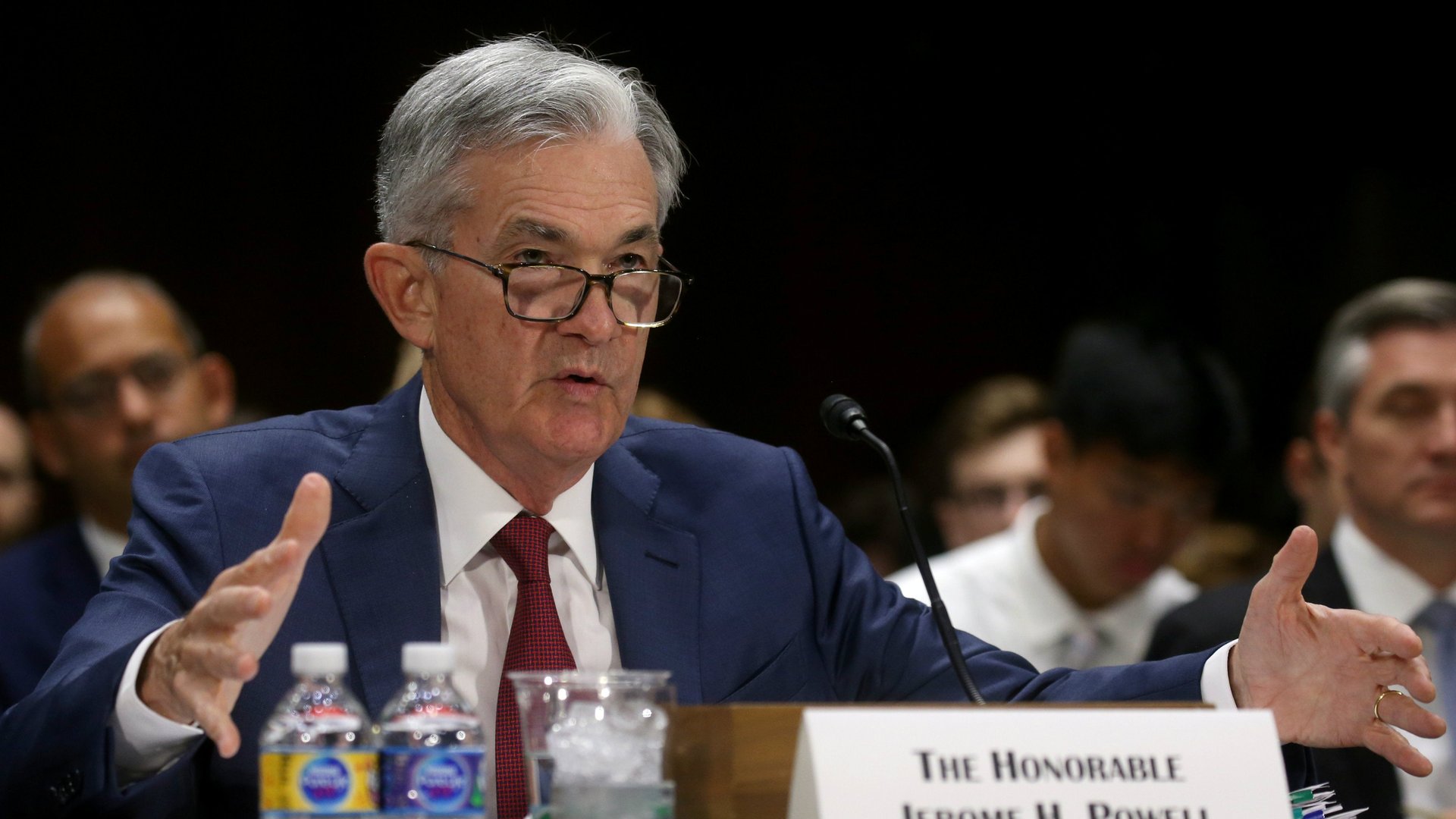The Fed finally cut rates. Will anyone notice?
In the last few months, there has been much ink spilled over whether the Federal Reserve should cut rates. Ultimately it did so today, lowering the target for the federal funds rate 25 basis points—or .25%—to 2.25%.


In the last few months, there has been much ink spilled over whether the Federal Reserve should cut rates. Ultimately it did so today, lowering the target for the federal funds rate 25 basis points—or .25%—to 2.25%.
Some policy makers and economists argued a rate cut was absolutely necessary to keep the economy from teetering into recession and there’d be no cost to a cut so long as inflation was low. Others maintain there was no need for a rate cut with low unemployment and decent growth, and there were costs. A rate cut today means the Fed may lose some ammunition if it needs to cut later, and low rates could be fueling asset bubbles. But there’s a third argument that few want to talk about: What if it doesn’t matter because the Fed has so little influence on the economy that a 25 basis point cut barely makes an impact?
Did the Fed ever have much influence?
There’s a dark secret, often only uttered in economics seminars, that monetary policy doesn’t have much impact on the real economy. Or as a professor of mine once said, “we’re not sure monetary policy can do much to grow the economy, but bad policy can definitely cause a recession.”
A big increase in interest rates, like 5 percentage points, would probably cause a recession that has lasting damage. At the same time, the Fed doesn’t have much control over things that lead to sustainable long-term growth, like productivity, skills in the labor force, labor regulations, or ending legal racial discrimination. Though, sometimes, monetary policy can boost the economy in the short run, particularly when the economy is in a recession, when consumers and investors are most nervous and lower rates make spending and investing more attractive.
But when the economy is growing and rates are already low, there is much less bang for a rate-cut buck and odds are a 0.25% won’t have a big impact on investor or consumer behavior. And despite all of the stimulation after the 2008 financial crisis, inflation never took off, hovering around or below the Fed’s 2% target. It suggest maybe monetary policy has not been so powerful, or it is less powerful than it used to be, no matter the state of the economy.
As the economy changes, it may have even less
There are reasons to worry the Fed has less power than before. Traditionally, economists assumed the Fed could influence inflation and unemployment with rate cuts and announcements about future cuts. Inflation and inflation expectations are some of the main channels through which monetary policy is supposed to work. Rising prices and wages initially signal more demand, which encourages more growth and spending. The Fed also influences inflation expectations, which determines workers’ salaries, and inflation becomes self-fulfilling. But if inflation does not respond to Fed policy, or consumers and investors don’t believe the Fed can influence inflation, then monetary policy has less impact on the economy when it cuts rates.
A recent paper argues that many forms of inflation aren’t under the Fed’s control. In a more global market what happens to the Chinese labor market can impact US inflation as much as the Fed. Technology is making goods like textbooks or computers cheaper, no matter what the Fed does. Commodity prices like oil aren’t under its control either, nor is health care. The economists estimate some goods are still amenable to Fed policy, like food in restaurants, but they increasingly make up less of people’s spending.
To some extent, the latest rate cut is performative. It will not do much to boost the economy, though it may impact the stock market for a day or two. It won’t destroy the financial sector or cause a recession. But when tensions are high and the public is scared a recession is around the corner, a little theater can be therapeutic.